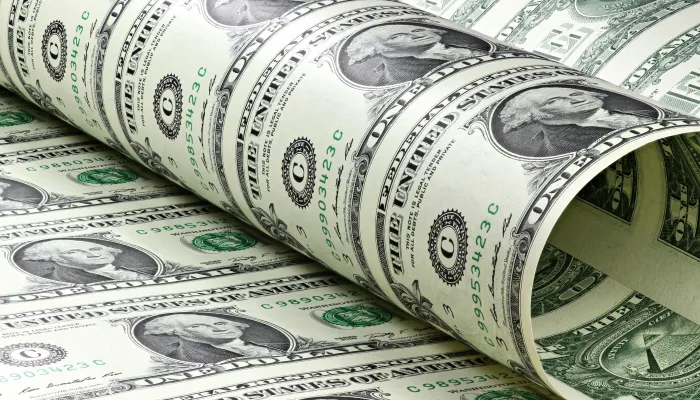Controlling Discretionary Spending
Over the past decade, discretionary spending has grown faster than mandatory. Between 1999 and 2008 discretionary spending grew annually, on average, by 7.5 percent – from less than $570 billion to over $1.1 trillion. Although the CBO baseline makes it appear as if discretionary spending will grow only modestly, more realistic assumptions tell a different story. Just holding discretionary spending growth to inflation would be a positive step. In the 1990s, it was these types of caps, along with pay-as-you-go rules, strong economic growth, slower-than-usual health care cost growth, and a commitment to deficit reduction that led to budget surpluses.
What's Next
-
Image

-

-
Image
